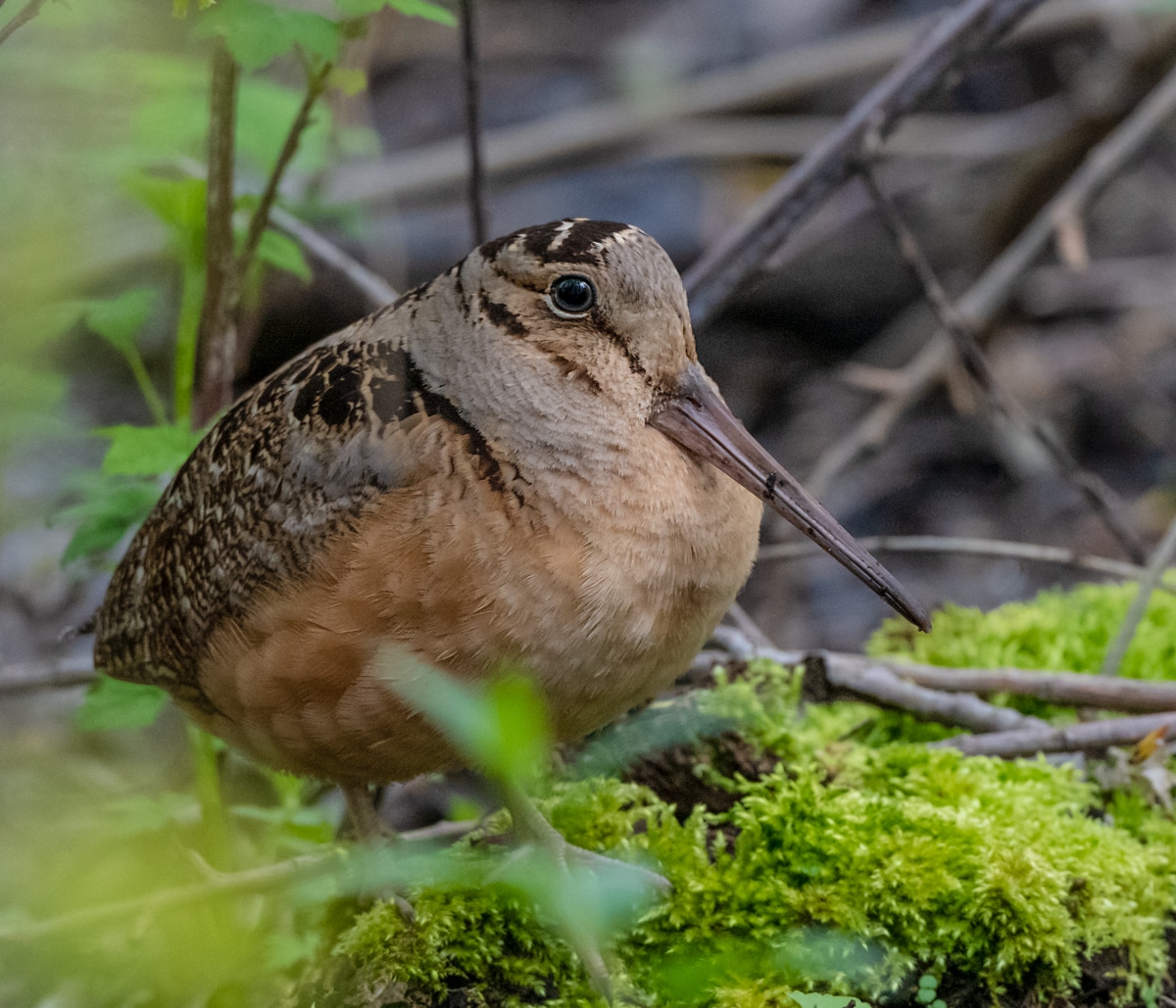
Each bird species has something unique that another lacks, be it their plumage, diet or nesting habits. Aside from around 60 species in the world that don’t fly, the rest adopt a more or less similar method of moving forward by flapping their wings. Then there are those species who seem to have turned flight into an art form by throwing in a few smooth moves. Today we look at four bird species who have made their mark on the dance floor of life.
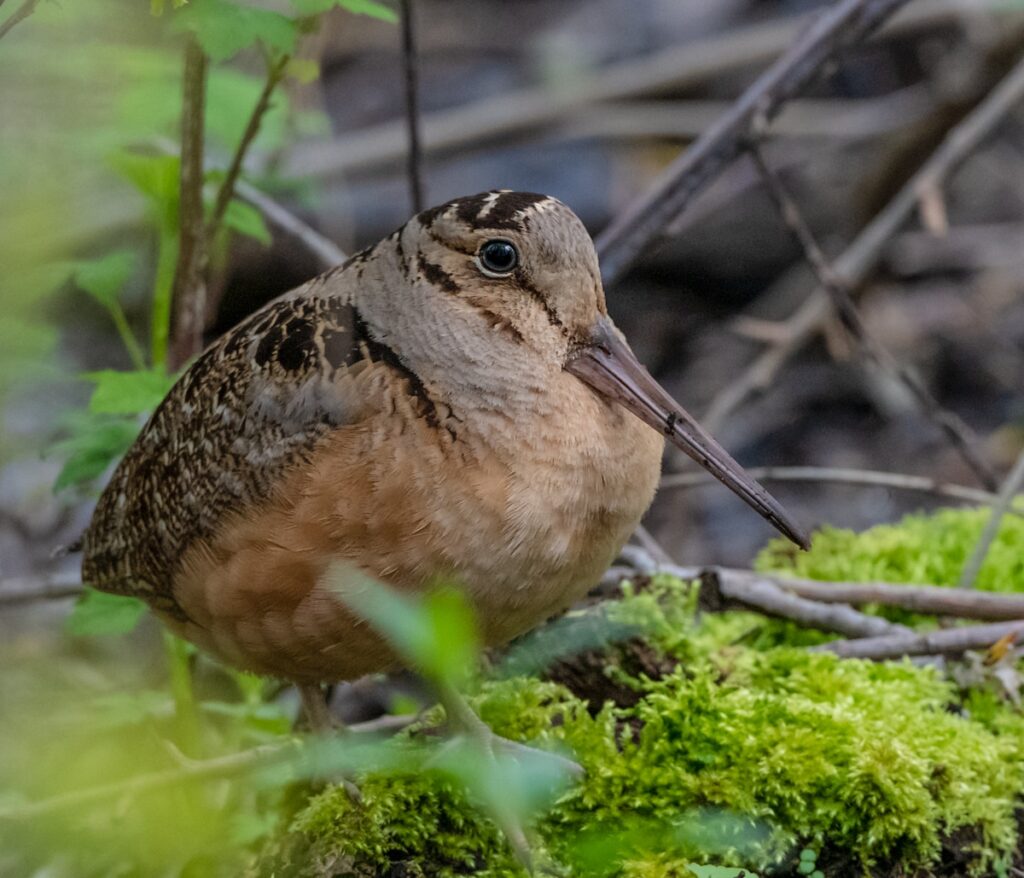
The Woodcock Shuffle
Kicking us off with one of the world’s more mesmerizing behaviors, American Woodcocks are small, round shorebird species, known by other names like timberdoodle, bogsucker, and the Labrador twister. Cryptic plumage of browns, blacks and grays helps them hide in their habitats, but despite their mastery of disguise, they are still very well-known for an almost comical display of hypnotic rocking back and forth while barely moving forward. Long suspected to be part of a mating ritual, it is now believed that they do this when foraging for the next meal. Their diet consists mainly of earthworms and the most widely accepted theory for this behavior is that they are coaxing worms to the surface. Another theory suggests it is a display to potential predators as they occasionally also flash their white tail feathers as they rock. Whichever it is, these birds truly know how to keep us watching.
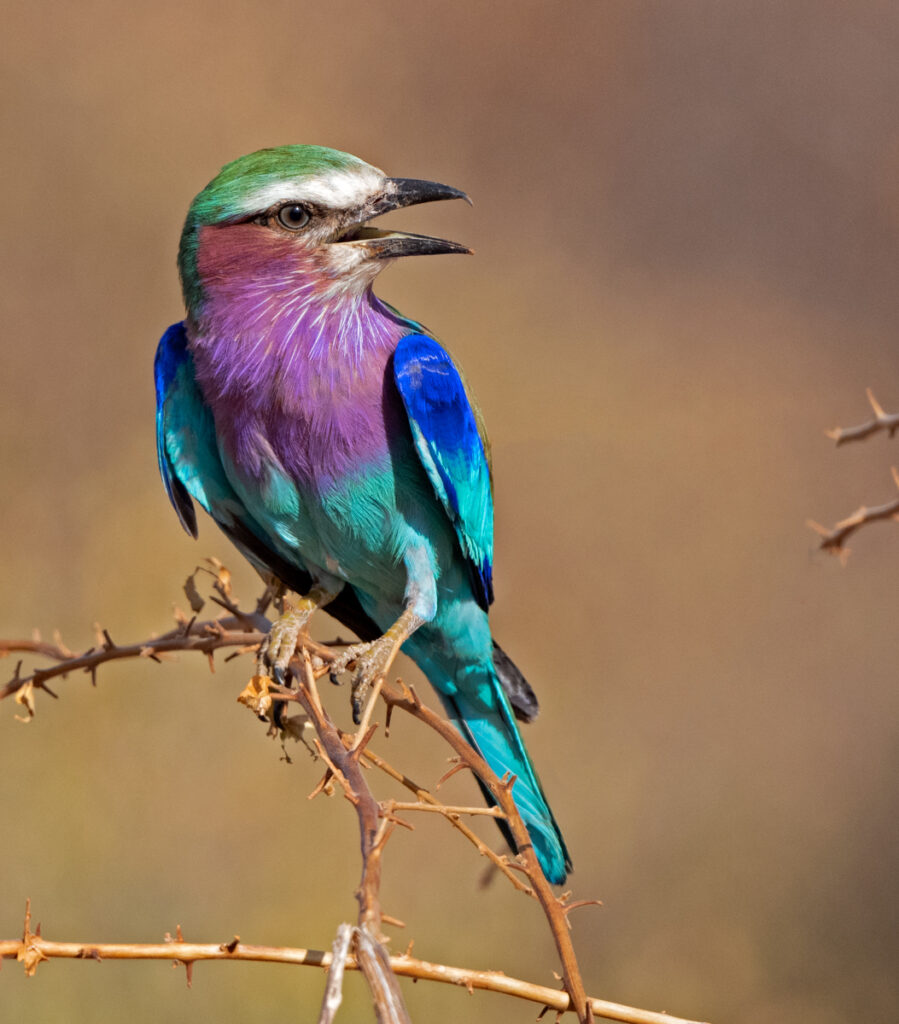
Roller Coaster
Lilac-breasted rollers are a strikingly colored species from the roller family and are found in sub-Saharan Africa. As the name perfectly describes, these birds use rolling movements not for flight but for hunting. Perched on a high vantage point, they wait for the right moment to strike as an oblivious insect or small reptile approaches. Once spotted, the birds launch into rapid aerial dives and somersaults to capture their meal. This rolling action is an extraordinary display of agility and precision that is naturally boasted of during breeding season, when flocks of these gorgeous lilac, turquoise and cinnamon-hued birds tumble through the sky in the pursuit of love.
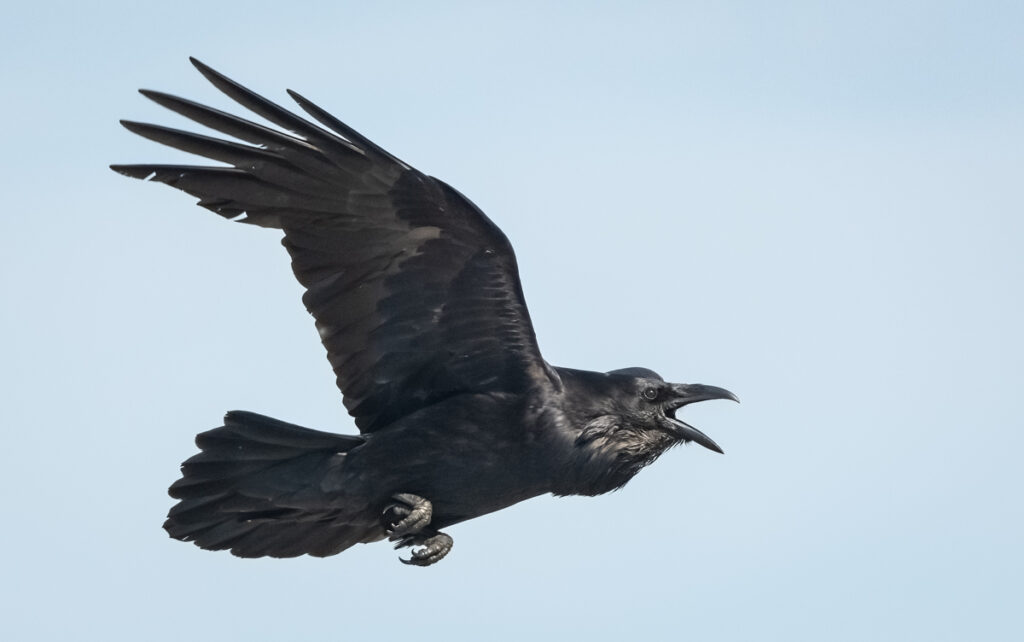
Barreling Ravens
Common ravens are highly intelligent, agile birds known for their aerial acrobatics. Search ‘ravens rolling’ on the internet, however, and the first thing you are likely to see is footage of ravens sledding down hills or other sloping structures like the windscreen of a car covered in snow. They appear to be having an amazing time as they quickly hop back up to the top and do the whole silly business again. However, there is seriousness behind every tumble. It’s likely that the snow adds a fun factor to it, but in fact snow provides the perfect substrate for young ravens to practice their airborne moves on land. Ravens are opportunistic hunters and scavengers and need to assert dominance over their territories in a highly visual manner. This is where their winter antics serve a functional purpose. Raven wings are longer than most corvids’ with broad feather fingers which they can splay, helping them make the tiniest change in direction in flight resulting in dramatic barrel rolls and stalling tumbles. These moves are also intrinsic to courtship, showing potential female partners how good they are at holding the fort and hunting airborne prey. Watching ravens tumble through the skies in the spring as breeding season begins is a fascinating experience that we highly recommend.
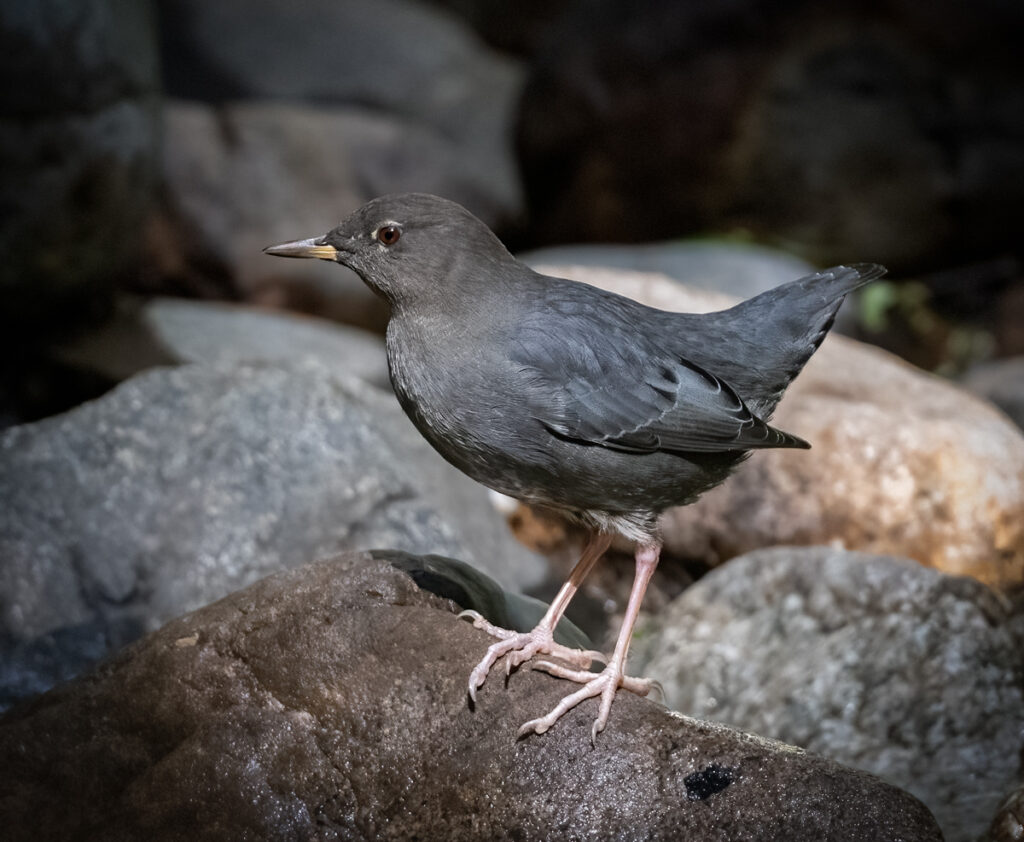
Be-Bopping Rockers
American dippers, also known as water ouzels, are North America’s only truly aquatic songbird. These extraordinary birds live near fast-flowing streams and rivers, and before they plunge into the cold, rushing waters, you can observe them dipping their bodies up and down in a gentle rocking motion, earning their name. There are several theories behind this behavior: one considers that this repetitive bobbing helps hide the bird from below, as the water tumbles over potential prey, while another posits it helps the bird see through the constantly moving water. Alternatively, given that these birds frequently live near noisy turbulent water, rocking or dipping may just be a way of communicating with other dippers.
Observing species like these deepens our understanding of the incredible range of strategies birds have developed to survive and thrive in their respective ecosystems. As birds can often be too quick for us to see for any length of time, coming across ones like these movers and shakers gives us a perfect opportunity to study them and appreciate their multifaceted lives.


